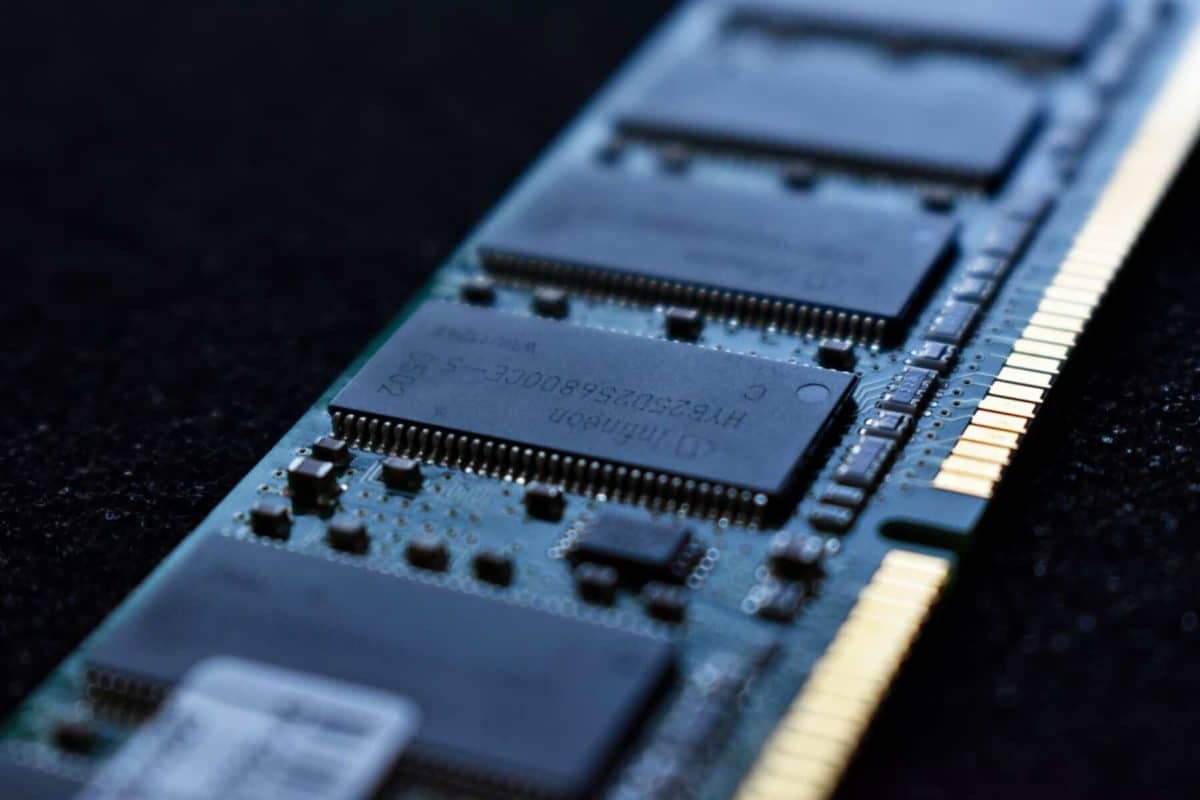
You must have observed that whenever we access a page or a program that we have accessed just now, it loads much faster than a new page or program. The reason for this is Cache memory; an extremely fast memory that temporarily stores the programs that we have just accessed.
Cache memory is a hardware & software component, that stores data for future🔮 requests. At that time that data can be served faster. The purpose of cache memory is to store💾 program instructions and data that are used repeatedly in the operation of programs or information that the CPU is likely to need next.
The computer🖥 processor can access this information quickly from the cache rather than having to get it from the computer’s main memory (RAM). Fast access to these instructions increases the overall speed⏱ of the program.
Types of cache memory:
Level 1: Level 1 cache or primary cache, is extremely fast but relatively small. And it is usually embedded in the processor chip as CPU cache.
Level 2: It’s a secondary cache. It is more capacious than L1. The L2 cache may be embedded on the CPU, or it can be a separate chip.
Level 3: It is a specialized memory to improve the performance of L1 & L2. It is mostly used in costly computers. L1 and L2 are significant faster than L3.
Advantages of cache memory:
1. Cache memory is faster than the main memory.
2. It consumes less access time🕥 as compared to the main memory.
3. It stores the program that can be executed within a short period of time⌛.
4. It stores data for temporary use.
2. It consumes less access time🕥 as compared to the main memory.
3. It stores the program that can be executed within a short period of time⌛.
4. It stores data for temporary use.
You can refer to the link below
https://www.youtube.com/watch?v=Zr8WKIOIKsk
https://www.youtube.com/watch?v=Zr8WKIOIKsk








0 Comments
Please do not Spam the beautiful Comment Box!